Shola Forests of Kerala: Environment and Biodiversity
Edited by K.K.N. Nair, S.K. Khanduri, K. Balasubramanyan
Did you know that one can find Rhododendron trees in the Shola Forests? Did you know that the trees on the outer periphery of the Shola forests are more suited to withstanding fire? One can find many more information from the book “Shola Forests of Kerala: Environment and Biodiversity” which is a compilation of research papers by various researchers.
Though the Shola forests broadly belong to the tropical montane forests found in America, Africa and Asia, these are different and also classified as Southern Wet Temperate Forests. The Shola forests due to their unique process of evolution over several hundreds of thousands of years have a lot of endemic species that are not found anywhere else in the world. This publication by the Kerala Forest Department and Kerala Forest Research Institute despite being published nearly a decade and half ago in 2001, needs to be brought back to the notice of the current generation of researchers, academics, planners, conservationists, wildlife enthusiasts and students.
Apart from the Introduction, this book has chapters bunched under several components like Soil and watercourses, Vegetation and flora, Faunistic Diversity, Conservation and Management. There are a total of 18 chapters out of which two thirds have multiple authors.
Though the chapters being research papers may not be palatable to our planners and laymen, at least they can glance through the conclusions which will give them an idea about the important role played by various components of the Shola forests ecosystem.
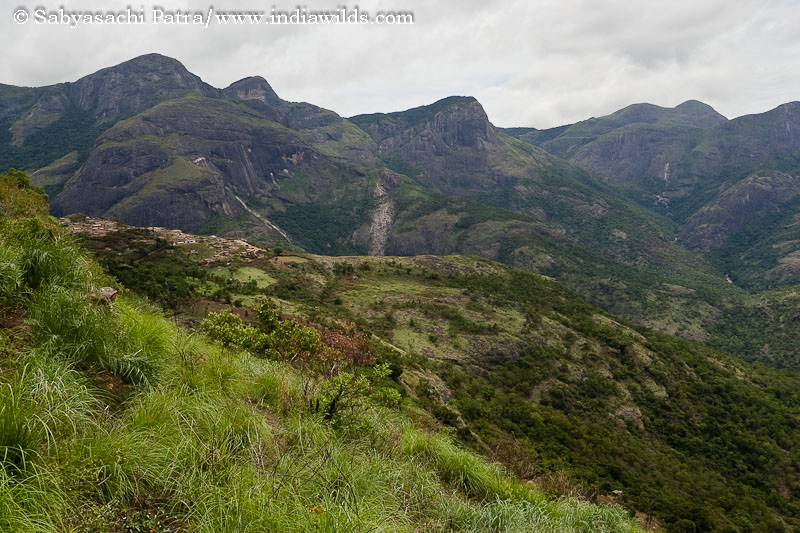
Shola Forests
The paper by V. Nandakumar, P. Rajendran and K. Narendra Babu titled “Characterization of soils in the sholas of Idukki and Wayanad Districts has some important findings. It found “soil samples collected from shola forests are less acidic with higher base saturation as compared to soils of adjoining grasslands or other vegetation types. A very active recycling of basic cations coupled with a slow and steady rate of mineralisation of organic matter always keep a cation suite dominated by bases”… “the high CEC of these soils retain more nutrient cations and, hence, reduces the loss due to leaching considerably. The shola forest floor with a higher litter accumulation maintains a cooler micro climate and soil temperature, which is most conducive for an active micro flora to proliferate. Plant available nutrients like N, P, K, Ca and Mg are also found to be higher in a shola forest ecosystem compared to the surrounding vegetation”…It also found that “water holding capacity, bulk density, porosity and volume expansion are found to be appreciably higher in surface horizons of many sholas than in soils of other vegetation types”. (page 59) … “Any attempt, whether natural or deliberate, to reduce the organic matter content of these unique forest patches, will affect, in due course, the water retention capacity of the soil, which will drastically reduce the discharge in the first order streams originating from these valleys. It is advisable to implement appropriate soil conservation measures at frequent intervals in the grasslands in the headland regions of shola forests, including biological measures with minimum disturbance to soil, with a view to block the overland flow”. (page 60) This can be easily understood by our planners and hence will appreciate the need to protect this unique ecosystem.
The Chapter 3 titled “The role of sholas in maintaining watercourse in the high ranges of Kerala” by Thomas P. Thomas and S. Sankar says that the shola forest efficiently conserves soil and water. “The micro climate (of the shola forest) reduces the evapotranspiration demand of shola vegetation permitting extended storage and release from the soil. The soil moisture status during various months of the water year in the shola compared to grassland shows that during the non-monsoon months shola soil holds much more water than the grassland. The absolute amount stored will be much more because the shola soil is spongy in the top layer on the one hand and it is deeper on the other, creating more volume of storage per unit surface area”. (page 89)
The Chaper on Disturbances, Conservation and Management finds that in the 1950s there were hardly 10 households each located near Mannavan Shola and Pullaradi Shola and dependent on these forests for NWFP (Non-Wood Forest Produce), firewood and shifting cultivation. During 1970s and 1980s migration of people to the area along with change in cultivation pattern, use of commercial crops like lemon-grass, large scale firewood collection, cattle grazing etc resulted in degradation of Shola forests.

Exotic eucalyptus plantation which depletes ground water is planted in the Shola forests of western ghats, India
The last chapter of the book collates findings from a lot of important studies and presents those systematically. The information about the Shola forests from this book will surely help in appreciating the species richness and hence the need to protect such a unique bio-diversity. “Based on a detailed floristic inventory of all lifeforms conducted in Mannavan Shola and Eravikulam National Park, 543 species belonging to 346 genera and 126 families were recorded, of which 463 were angiosperms and 80 pteridophytes. Among the angiosperms, 110 species were found to be endemic while pteridophytes had only four such taxa. The same study also revealed the presence of 128 rare and 26 threatened species of angiosperms and 33 rare and 8 threatened taxa of pteridophytes. In Bramhagiri hills in Wayanad district 91 species of angiosperms belonging to 73 genera and 43 families were recorded. A total of 344 species of insects from 73 families and 10 orders were recorded in Mannavan shola and 81 species and 8 orders from Chembra hils in Wayanad district.
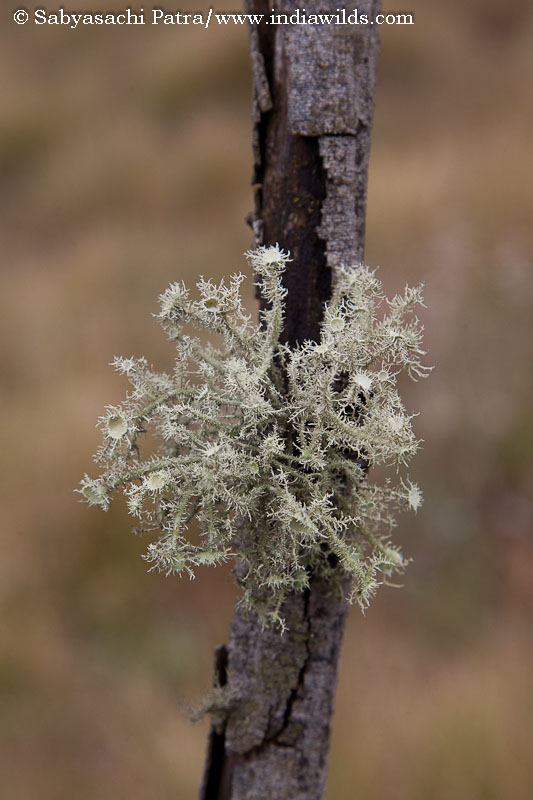
The “Shola Forests of Kerala: Environment and Biodiversity” is a hard bound book and has a total of 453 pages with tables, graphs, images and other illustrations. It is priced at Rs. 800/- . Online prices may vary. Considering the wealth of information stored in this book, I feel it should definitely be in your book shelf to serve as a ready reference.
You can buy this book from Amazon India by clicking this link:
- GoPro Hero 12 Black - 6 September,2023
- Leopards: The Last Stand - 2 July,2023
- Drifting in the Waters of Sundarbans - 26 March,2023

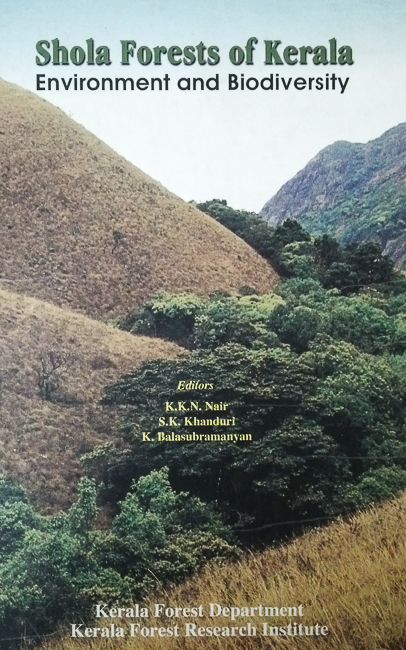
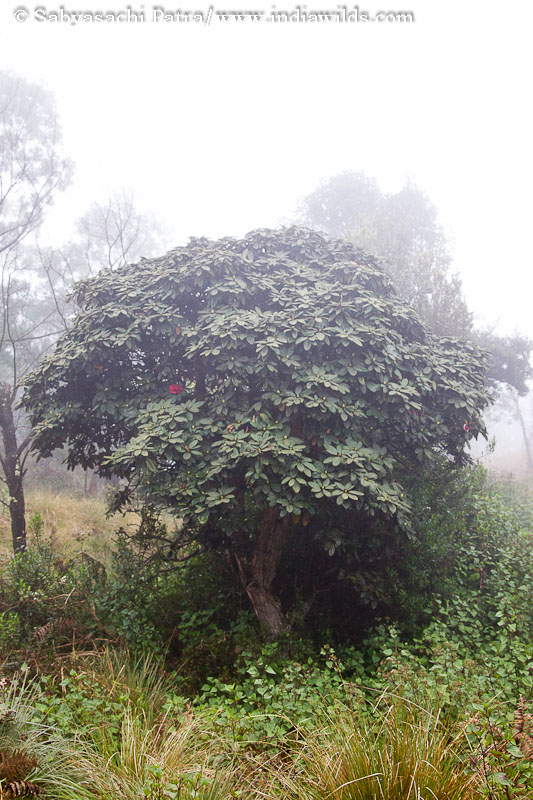



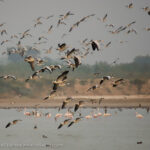





Shola forests look inviting enough, I am thrilled to see the photo of the Rhododendron tree. I agree it is a book that will grace the bookshelf of the readers. Thanks for the recommendation.